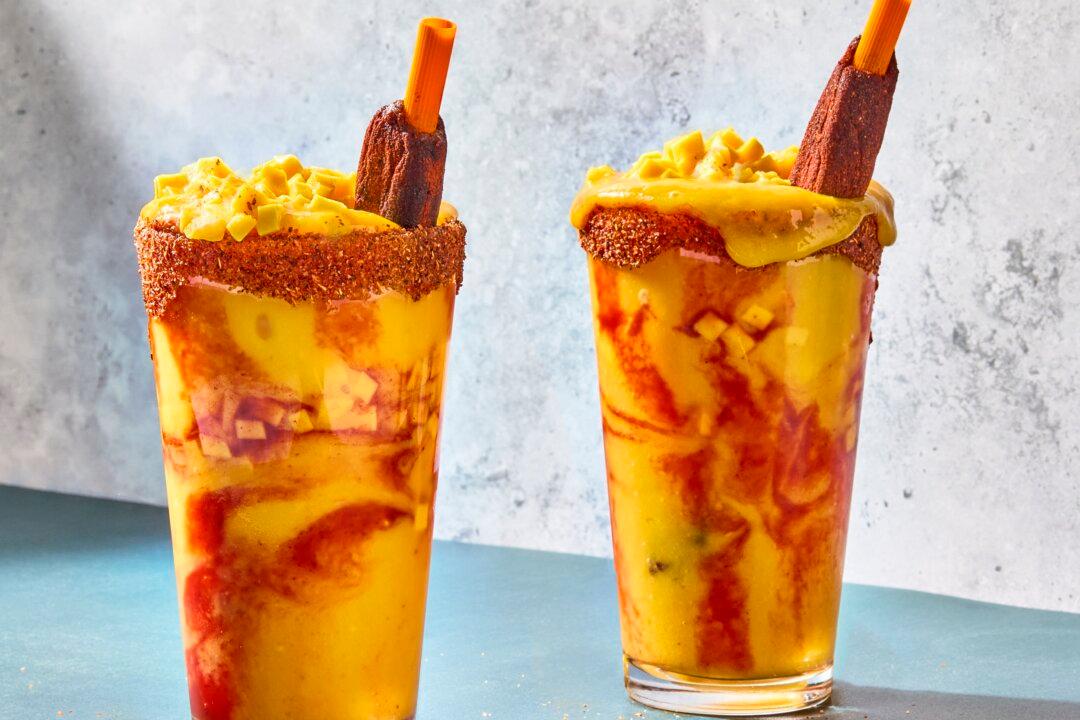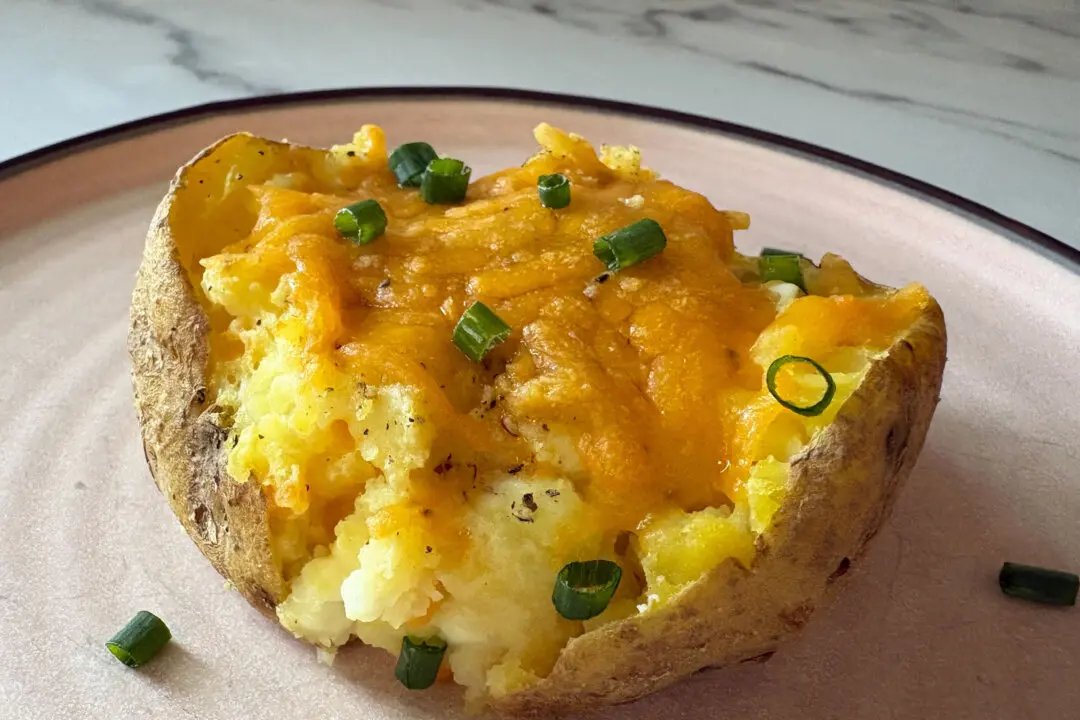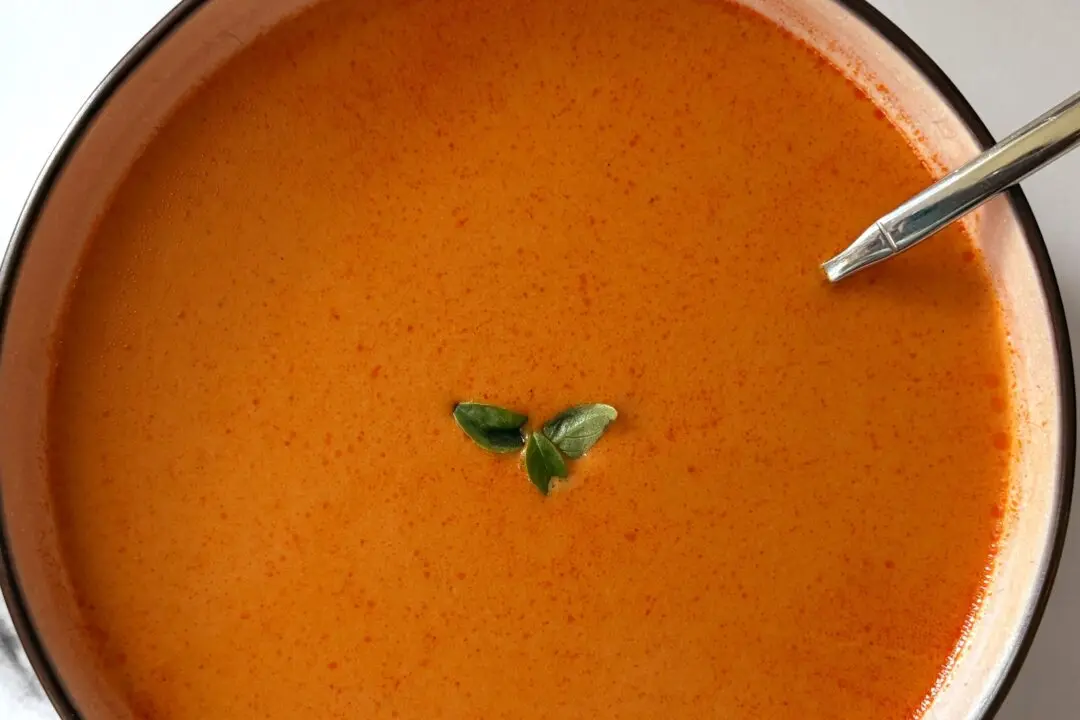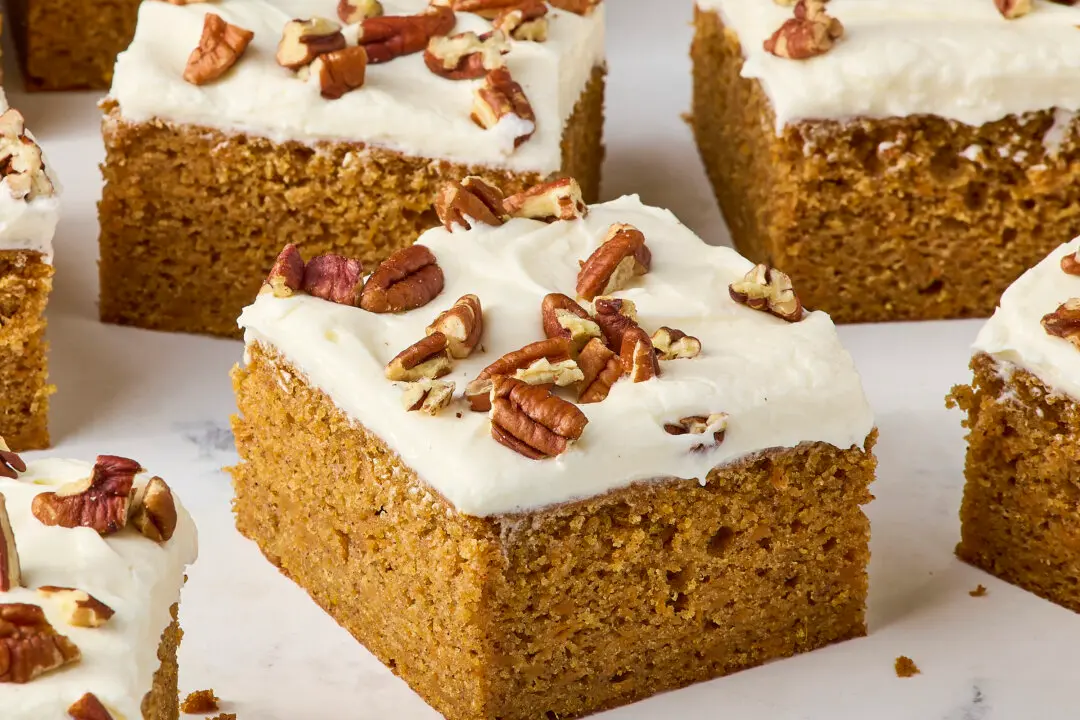If you ever find yourself in the markets of Mexico or any Mexican American neighborhood during the summer, you’ll be sure to see fruit vendors dishing up iconic cups of sweet fruit covered in lime juice and chiles, which is a classic way to prepare fruit in Mexico. Mangonadas, sorbet-like frozen treats that combine sweet ripe mango, salty Tajín, and a sour sauce known as chamoy, are emblematic of that culinary experience. This refreshing frozen treat is the perfect representation of how Mexicans enjoy their fruit during the summer.
Why You’ll Love It
- It’s bound to be this summer’s staple drink. Macerating fresh mango draws out its natural juices and softens the fruit, giving you a smoother sorbet and juicy mango pieces.
- You don’t need to freeze any mangos. The only addition of water is in the form of ice. So there’s no need to freeze the mangos to wait for your mangonada experience.
- It’s sweet, salty, and sour. Chamoy, Tajín, and a tamarind chile straw add a salty-sour element that pairs well with the sweet mango.
- It’s got great texture. There are fresh pieces of macerated mango in the sorbet as well as on top, adding a textural element to the drink.
Key Ingredients in Mangonada
- Ataulfo mangoes: This variety of mango, also known as Champagne mango, is (in my opinion) the most flavorful for mangonadas. They produce a silky-smooth, aromatic, and sweet sorbet. To check if they’re ripe, apply gentle pressure; if they have a slight give to them, they’re ready. The softer the mango, the more difficult it will be to peel and dice. The harder the mango, the less likely it is to macerate properly.
- Granulated sugar: Sugar is key to macerating the mangos, drawing out their natural juices to create a flavorful syrup.
- Tamarind straw: A fun garnish that you will see in most mangonadas across Mexico. Not only is it functional, but you can also eat the tamarind chile paste off the straw as you enjoy your mangonada.
- Chamoy: Adds a sour and salty element to the mangonada, which provides balance to the sweet flavors. Licking the chamoy off of the rim adds to the overall experience.
- Tajín: It’s the equivalent of a cherry on top! The citric acid in Tajín gives you that irresistible mouth-puckering feel.
The History of the Mangonada
The origin of mangonadas is a bit murky, however most evidence and oral history points to Tijuana, Mexico, as the birthplace of the original frozen treat, where it began as a mango sorbet with a Tajín-rimmed glass and no chamoy inside. It soon after evolved into a chamoyada or chamango, which was when vendors started incorporating chamoy into the actual drink. It has since then been produced in the forms of raspados, paletas, and frozen drinks. The popularity of the frozen treat has spread so wide that there are chains of ice cream shops throughout the United States and Mexico that specialize in mangonada-inspired products.Chamoy itself was introduced to Mexico by a Japanese businessman named Teikichi Iwadare. He immigrated to central Mexico in the 1920s and opened a store that sold Japanese food products. Chamoy was inspired by umeboshi, which is a pickled plum condiment Iwadare sold in his store. Umeboshi was loved by the Mexican community for its salty and acidic flavor profile. The condiment was adapted and, over time, chiles were added and it became chamoy.





